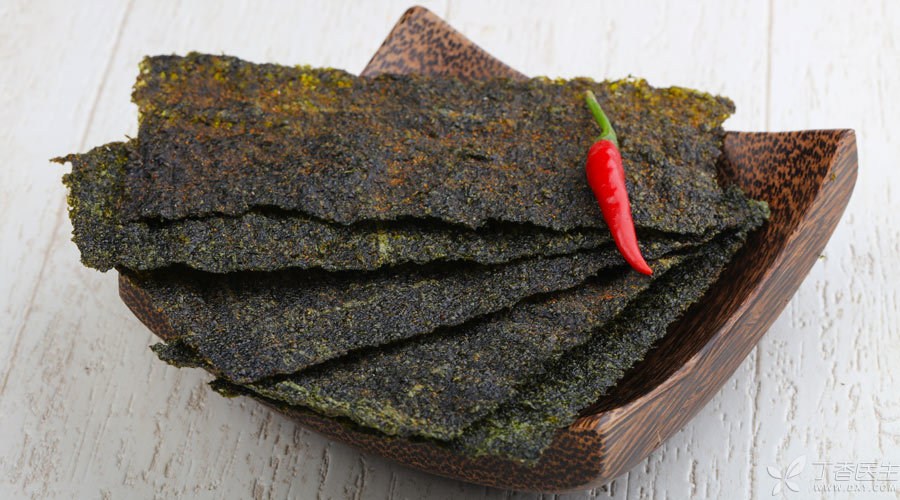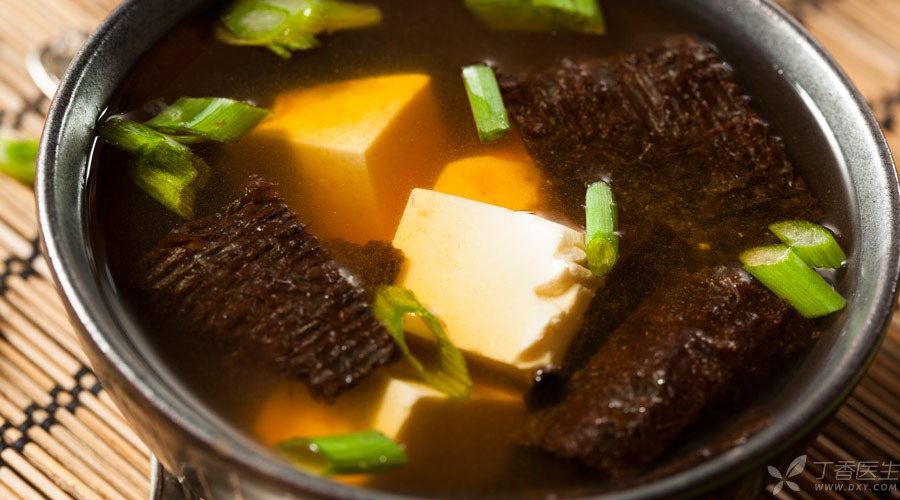
Recently, an online video said: Porphyra cannot be torn, chewed or broken, and has foul smell. It is all fake Porphyra made of discarded black plastic.
The blogger soaked the laver with water and tore it open with his hand, saying that its transparent appearance looked very much like plastic.
In fact, the situation in the video is all the characteristics of laver itself, which cannot explain the quality problem of laver at all, let alone [plastic fake laver].
How do you explain it? Let’s keep looking down.
Can’t chew, can’t bite, can’t pull?
The normal laver itself is translucent leaf-like, but the laver we usually see is not flat.
In the video, the blogger tore open the laver and said as he tore it apart:
You see how hard I tried, I couldn’t tear it to pieces. It must be made of plastic.
However, can you see how hard it is with your eyes? Even if there is an Oscar-like acting skill, it is estimated that it will not work.
Porphyra is tough and not easy to tear open, probably because the temperature of the water soaked in Porphyra is not enough.
Porphyra is rich in glue and other polysaccharides. After harvesting and drying, the surface of Porphyra becomes smooth and tough. After encountering water, it will form a relatively tight network structure.
This is like several people holding hands with the help of water molecules, becoming very tough and difficult to tear. This is their gel characteristics, but it is related to the water temperature.
If the temperature is too high, laver will become loose again, which is what we usually see in laver soup.
Does it smell fishy?

[Foul smell] is actually the smell of laver itself.
Some people also call the taste of laver [the taste of the sea]. This special sea fishy smell is mainly related to two key odor substances:
- One is 1-octen-3-ol, also known as mushroom alcohol, which is a common flavor substance in aquatic products and is contained in many fish and seaweed. The other is heptadienal, which owes the special taste of crucian carp to a large extent.
It is with these substances that laver, an algae that does not match fish, has the smell of the sea more than fish.
Therefore, it is too much to suspect the fishy smell of laver.
Too dark?
The laver is black in color and looks like a garbage bag?
In fact, the dark color of laver may be caused by long storage time.
Porphyra shows different shades of purplish red when fresh, because its cells contain phycoerythrin.
Due to the fast degradation rate of phycoerythrin, except that the especially fresh laver will be purplish red, the general laver will only have green chlorophyll after processing, storage and transportation, making it green.
However, if the heating is excessive or the storage time is too long, resulting in chlorophyll decomposition, laver will turn dark brown.
Rumors are dispelled!
Dr. Clove will give you another summary. Just remember the following points:
1. The possibility of making laver from plastic is extremely small, and the two are very different.
2. The methods shown in the video and the narration of the blogger are very misleading, but they are not based on enough. Don’t be fooled.
3. On the tuyere of live webcast, remember [seeing is not necessarily true, hearing may also be false].
